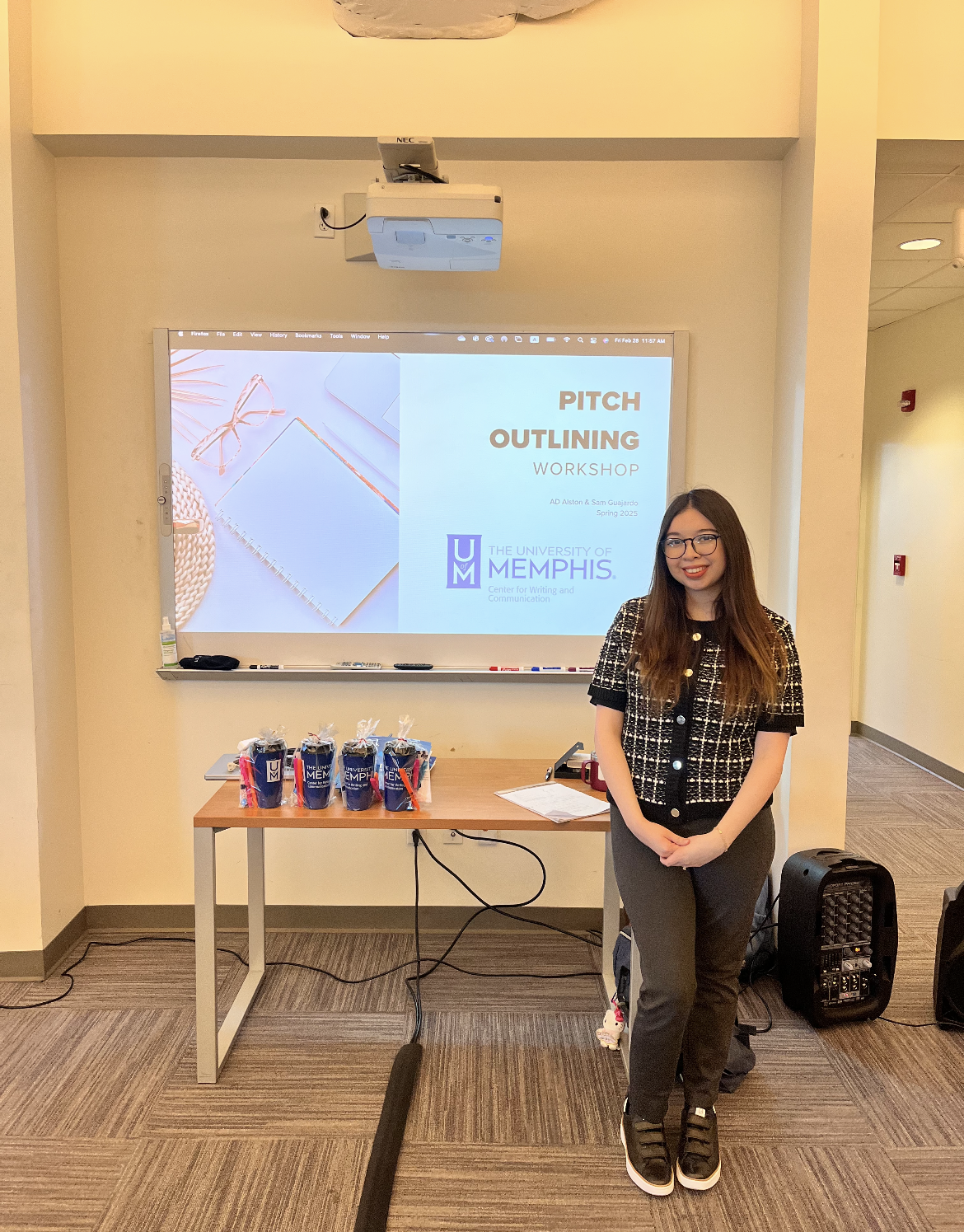Education should equip students with the ability to critically understand their world, advocate for themselves and others, and engage meaningfully in diverse contexts. As a communication instructor, I view education as more than imparting technical skills—it is a transformative process that equips students to navigate the complexities of communication with confidence and adaptability. Drawing from bell hooks’ engaged pedagogy and Paulo Freire’s critical pedagogy, I create a classroom environment that emphasizes reflection, collaboration, and practical application of communication strategies.
Guided by these principles, my teaching approach fosters inclusive, student-centered learning, ensuring students can connect course concepts to their personal, professional, and civic lives. My goal is to help students understand how communication functions as a tool for advocacy, critical thinking, and social change while developing the skills necessary to navigate challenges in their academic and professional lives.
Teaching Practices and Methods
My courses are designed to emphasize application, reflection, and experiential learning, allowing students to actively engage with communication concepts and see their relevance in real-world contexts. A central feature of my teaching is the Student Philosophy Speech, which I developed for COMM 2381: Oral Communication. This reflective assignment encourages students to articulate their short- and long-term goals, identify how communication supports those goals, and consider strategies for motivation and accountability. By beginning with self-reflection, students gain a strong foundation for tackling more complex assignments such as informative and persuasive speeches.
Experiential learning is another aspect of my pedagogical approach. During my guest lecture for COMM 3001: Rhetoric and Civic Controversy, I designed an activity where students applied pragmatic stasis to analyze the Juvenile Crime Abatement Program in Downtown Memphis. This assignment challenged students to evaluate the rhetorical strategies of various stakeholders, fostering critical thinking and engagement with public discourse. Activities like these allow students to bridge theory with practice, honing their ability to adapt communication strategies to diverse audiences and contexts.
Inclusivity and Addressing Student Needs
Equity and inclusion are fundamental to my teaching—I ensure that every student has the opportunity to engage, grow, and succeed. My research on first-generation Latino students (FGLS) has contributed to my understanding of the barriers multilingual students face, such as “othering” and a lack of social support. To address these challenges, I design courses that incorporate diverse perspectives and culturally responsive teaching strategies. For example, I use case studies and assignments that allow students to connect their lived experiences to broader communication concepts, fostering a sense of belonging and relevance in the classroom.
In my role at the Center for Writing and Communication (CWC), I regularly work with multilingual students on public speaking and writing assignments, tailoring my feedback to meet their unique needs. This experience has informed my efforts to create resources and teaching strategies that make oral communication accessible to all students. By emphasizing adaptation and inclusion, I ensure that students from all backgrounds feel supported in developing their communication skills.
Assessment of Student Learning
I believe students learn best when they have opportunities to reflect on their growth. That’s why I incorporate a mix of formative assessments—peer evaluations and in-class exercises— alongside self-reflexive assignments, such as major speeches and rhetorical critiques. Self-reflexivity is at the center of my teaching, encouraging students to recognize their strengths and identify areas for growth through guided reflection exercises.
I also use mid-semester feedback to adjust my teaching strategies in response to student needs. Inspired by Freire’s dialogical approach, this feedback ensures that students feel their voices are heard in shaping the course, reinforcing the collaborative nature of the learning process.
Commitment to Professional Development and Curriculum Innovation
My dedication to teaching extends beyond the classroom through active involvement in curriculum development and faculty collaboration. In the Summer of 2024, I contributed to revising assessments for the 15th edition of Understanding Human Communication, ensuring quizzes aligned with updated learning objectives.
I have also shared my insights on making communication education more inclusive and dynamic through presentations such as “Unveiling Cultural Dimensions Among First-Generation Latino Students: Moving Toward Mutual Rapport Between Students, Staff, and Faculty” and “Toward a Liberation-Modeled Pedagogy: Reimagining the Oral Communication Classroom.” My research on cross-cultural communication continues to shape my teaching, particularly in addressing the unique needs of underserved students and fostering intercultural understanding.
Conclusion
Guided by the principles of bell hooks and Paulo Freire, I am committed to fostering inclusive, transformative learning environments that empower students to navigate and challenge hegemonic structures. Through experiential learning, reflexive practice, and culturally responsive pedagogy, I cultivate classrooms where students build confidence and develop the critical thinking skills needed to engage with their world.
